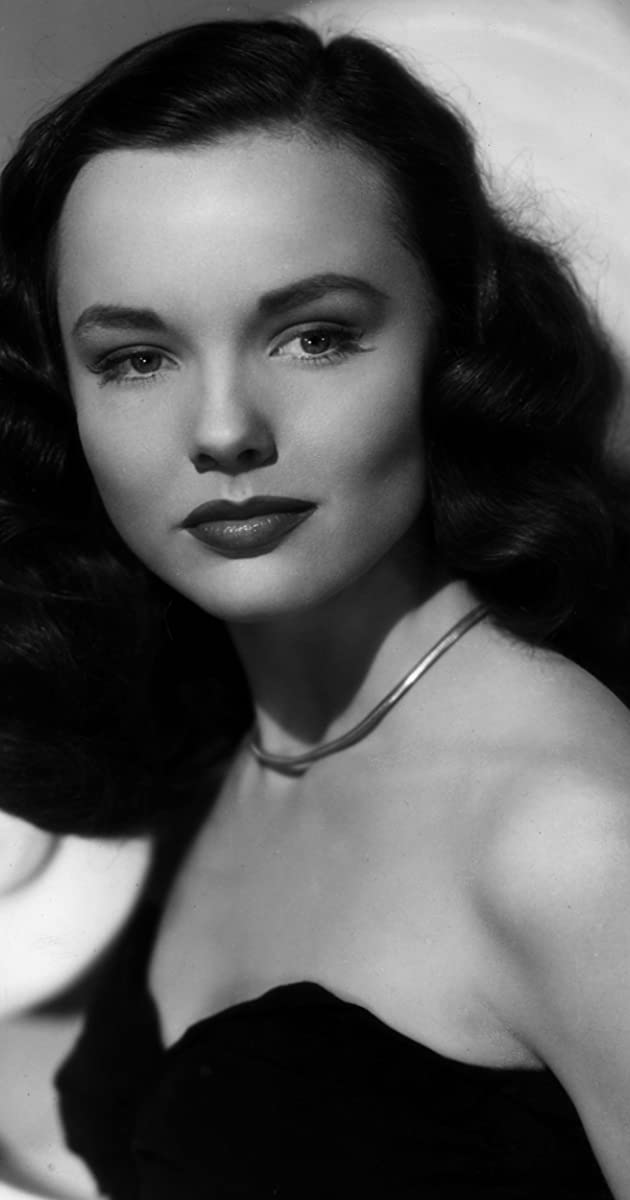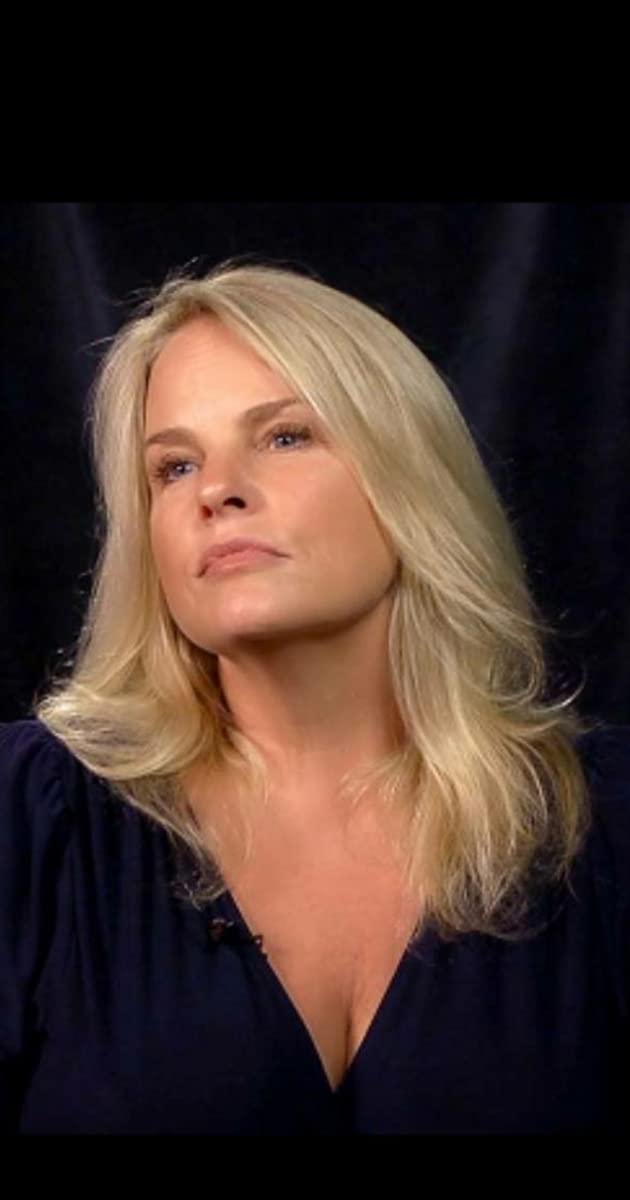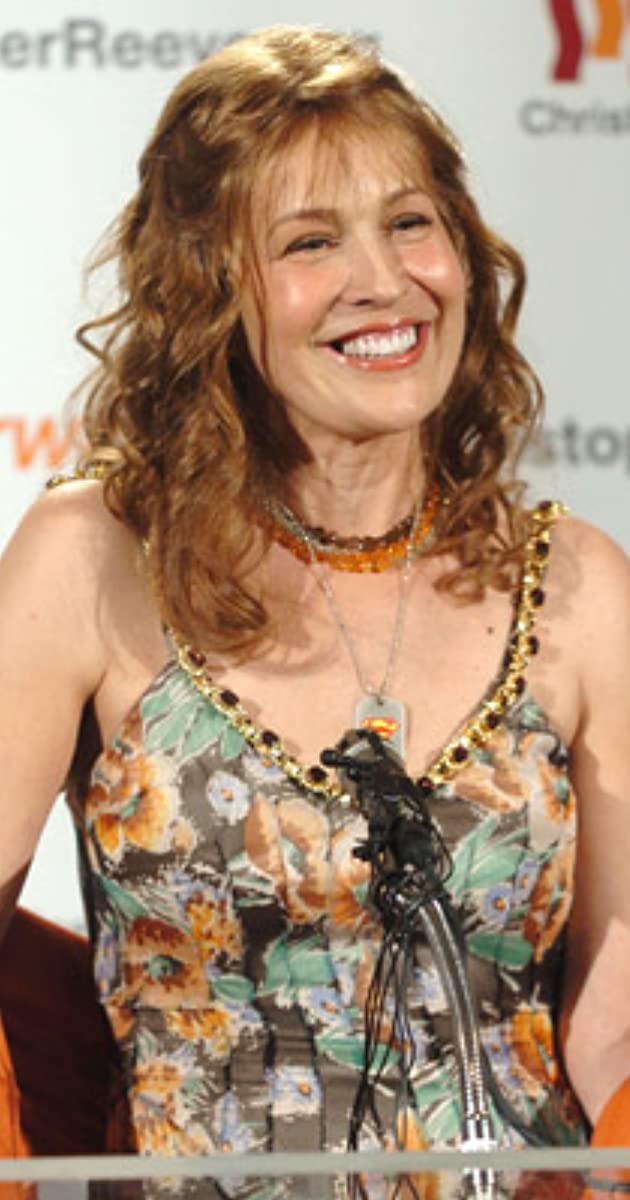
Born Dixie Wanda Hendrix in Jacksonville, Florida to a logging camp boss (Max Sylvester Hendrix) and his wife (Mary Bailley), wholesome, green-eyed, dark-haired Wanda Hendrix was involved in her hometown’s little theater group when she was “discovered” by a passing talent agent and signed up by Warner Bros. Her family moved to California.
Forgoing bit parts, the petite and lovely up-and-comer was immediately featured in featured roles in both Confidential Agent (1945) and Nora Prentiss (1947) for Warner Bros. and Welcome Stranger (1947) for Paramount. Signing up with Paramount, she earned one of her best film roles with Ride the Pink Horse (1947), in which there was talk of an Oscar nomination, and appeared elsewhere in the light comedy Miss Tatlock’s Millions (1948) and the melodrama My Own True Love (1948).
After appearing on the cover of Coronet magazine, decorated WWII hero-turned-Universal star Audie Murphy took notice and arranged a meeting with her. They married on February 8 1949, and she co-starred with him a year later in one of his western vehicles, Sierra (1950). The marriage had problems from the beginning. Audie, who wanted her to give up her career, suffered from flashbacks and paranoia from his traumatic war-time experiences and often held her at gunpoint during violent episodes. The frightened woman left him after only seven months and divorced him soon after, charging him with mental cruelty. The final decree came on April 14, 1950.
The negative publicity that came out of their stormy marriage did little to enhance Wanda’s status in Hollywood and, after a few standard oaters and war yarns, the more notable ones being Captain Carey, U.S.A. (1949) co-starring Alan Ladd, The Highwayman (1951) with Charles Coburn, and Roger Corman’s Highway Dragnet (1954) with Richard Conte, her career waned. The actress retired completely from pictures in 1954 to marry millionaire playboy and sportsman James L. Stack, Jr., brother of actor Robert Stack. She earlier appeared with her famous brother-in-law in the films Miss Tatlock’s Millions (1948) and My Outlaw Brother (1951).
The career sacrifice did little to help the marriage and the couple divorced in 1958. Returning to acting, she made a comeback on stage, film and TV but experienced little progression. Overlooked in her three 1960s films, her last film roles were filmed in the early 1970s. “Mystic Mountain Massacre”, co-starring Ray Danton, was never released, and the Civil War horror One Minute Before Death (1972), based on a short story “The Oval Portrait” by Edgar Allan Poe, in which she co-starred with Barry Coe and Gisele MacKenzie, died a quicker death than even the title suggests.
In 1969, she married a third and last time, to oil company executive Steve La Monte in Las Vegas. At one point, she considered collaborating with author Douglas Warren on an autobiography of her first husband, Audie Murphy, but it never came to fruition. Divorced from her third husband in 1980, Wanda died shortly thereafter at age 52 of double pneumonia in Los Angeles. She had no children.


